How to Teach Artificial Intelligence
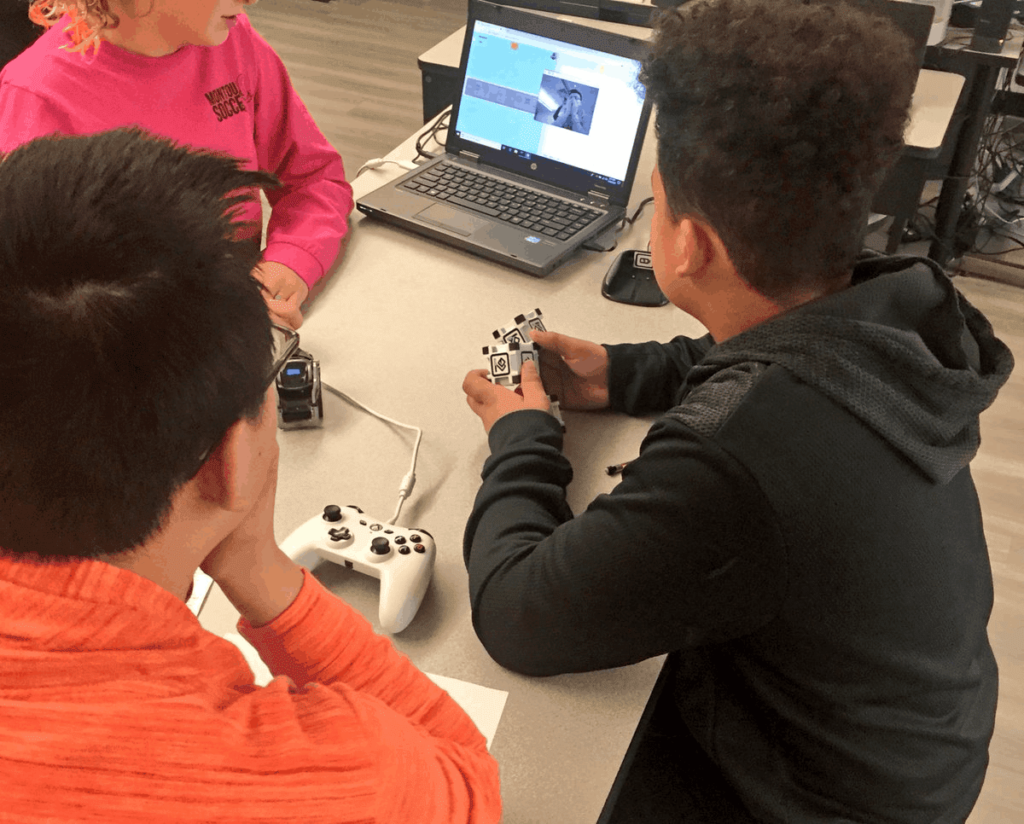
Artificial intelligence—code that learns—is likely to be humankind’s most important invention. It’s a 60-year-old idea that took off five years ago when fast chips enabled massive computing and sensors, cameras, and robots fed data-hungry algorithms.
We’re a couple of years into a new age where machine learning (a functional subset of AI), big data and enabling technologies are transforming every sector. In every sector, there is a big data set behind every question. Every field is computational: healthcare, manufacturing, law, finance and accounting, retail, and real estate. We all work with smart machines—and they are getting smart fast.
A World Economic Forum report indicated that 89% of U.S.-based companies are planning to adopt user and entity big data analytics by 2022, while more than 70% want to integrate the Internet of Things, explore web and app-enabled markets, and take advantage of machine learning and cloud computing
Given these important and rapid shifts, it’s a good time to consider what young people need to know about AI and information technology. First, everyone needs to be able to recognize AI and its influence on people and systems, and be proactive as a user and citizen. Second, everyone should have the opportunity to use AI and big data to solve problems. And third, young people interested in computer science as a career should have a pathway for building AI.
Recognizing AI
AI4K12 is an initiative of leading computer scientists that have identified five big ideas that every student should know about AI:
- Computers perceive the world using sensors. Examples include speech recognition and computer vision; emerging issues include the nature of intelligence and the limitations of human and computer perception.
- Agents maintain representations of the world and use them for reasoning. Examples include types of algorithms, the work they do and their limitations.
- Computers can learn from data. Examples include types of machine learning—yet there are concerns about issues such as bias in training data.
- Intelligent agents require many types of knowledge to interact naturally with humans. Examples include interacting with digital assistants, chatbots and robots. Emerging issues involve the nature of consciousness and limitations of AI interaction.
- AI applications can impact society in both positive and negative ways. Emerging issues include the use, fairness and transparency of algorithms and likely social impacts.
Grade span expectations will be available from the organization this summer. See a visual summary below.
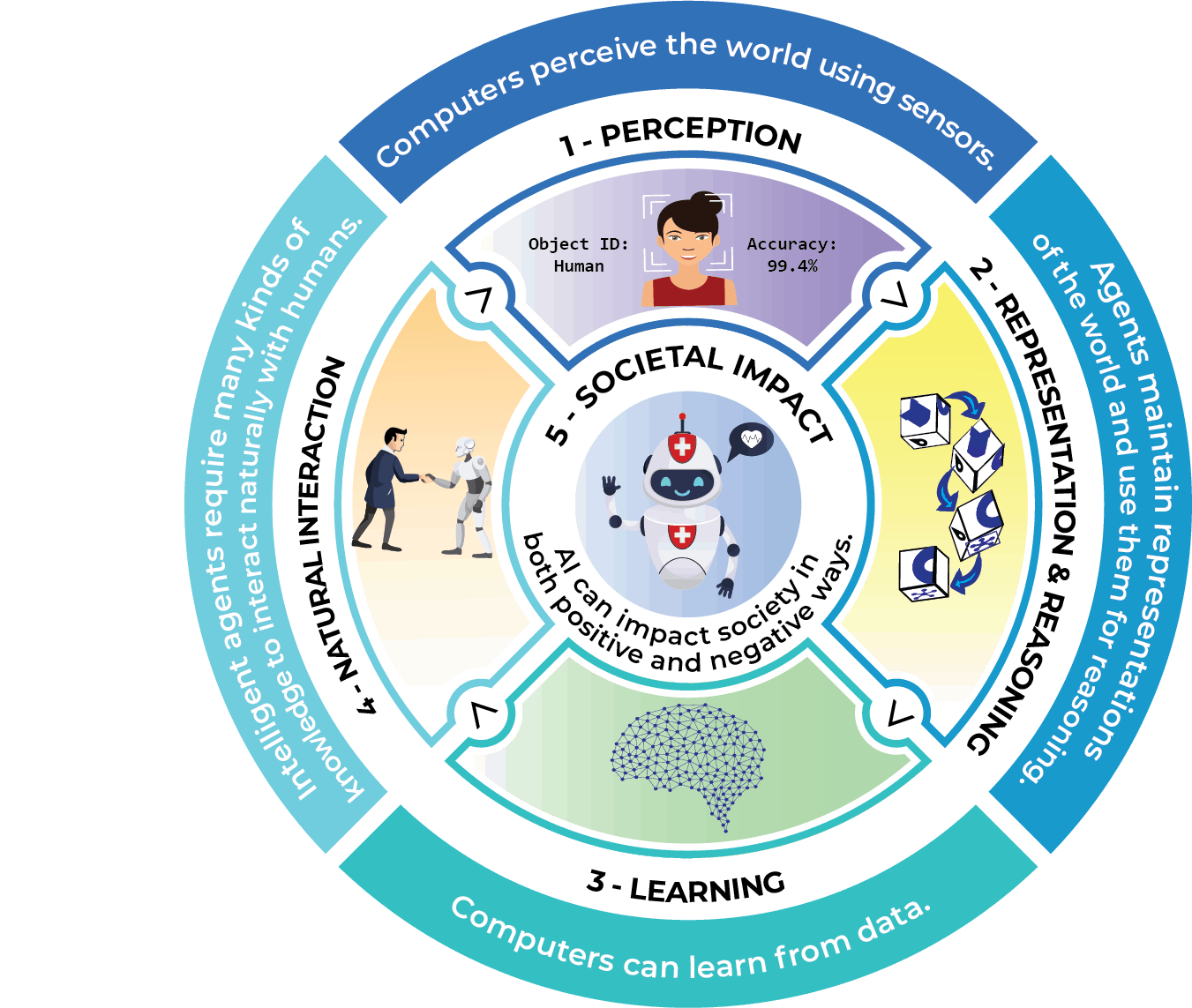 The MIT Media Lab developed a middle school AI+Ethics course that hits many of these learning objectives. It was piloted by Montour Public Schools outside of Pittsburgh, Pennsylvania, which has incorporated the three-day course in its media arts class. Montour elementary students also conduct Google AI experiments.
The MIT Media Lab developed a middle school AI+Ethics course that hits many of these learning objectives. It was piloted by Montour Public Schools outside of Pittsburgh, Pennsylvania, which has incorporated the three-day course in its media arts class. Montour elementary students also conduct Google AI experiments.
Harvard Professor Xiao-Li Meng suggests starting with cross-curricular conversations about data quality—including where does it come from, what bias might be incorporated, how could we gather more?
Using AI
Beyond recognizing the growing influence of AI, young people benefit from periodic application of smart tools across the curriculum.
Montour Middle School has a six-week elective course on AI autonomous robotics in collaboration with Carnegie Mellon Professor Dr. David Touretzky (who is also the founder of AI4K12). Students are challenged to learn and use AI technology to solve real problems. The school also offers a 10-day AI music class hosted in collaboration with Amper Music. Additionally, Montour hosted the World Artificial Intelligence Competition for Youth and over 100 middle school students presented their work last year in an AI Grand Showcase.
Renton Prep (@rentonprep) introduces all students, sixth grade and up, to computer science including AI. Head of School Michelle Zimmerman (@mrzphd) has a book, Teaching AI, that is a great resource for educators and school leaders.
Code.org developed an AI for Oceans tutorial that serves as a useful introduction for intermediate and middle grade students.
A dozen communities offer summer programs for underrepresented youth through AI4All (@ai4allorg). In these sessions, students learn how to use AI to solve problems they care about while being mentored by top AI practitioners.
Palo Alto High School offers a two-week summer program with Stanford. The 10-day program exposes students to fundamental AI concepts and helps them build a socially impactful AI project. The nearby Castilleja School offers a similar course on AI for upper division students focused on developing a conceptual understanding of AI technology and its uses.
FIRST Tech Challenge is an after-school opportunity for middle school students to learn about programming robots. Google offers free resources for computer science clubs.
Building AI
For high school students interested in AI, data science and more broadly in computer science, a dedicated pathway or academy is a great option. A recommended course sequence includes:
- 9th: Computer Science Discovery (a free introductory course from Code.org)
- 10th: AP Computer Science Principles (a free course from Code.org)
- 11th: Introduction to Data Science (a free class from UCLA used in LAUSD)
- 12th: college credit Python course (AP CS Java class is an option, but Python is more commonly used in data science and AI)
Complement the CS curriculum with three years of integrated math (with a stronger emphasis on computation than calculation) and AP (or college credit) statistics.
A new college credit option is the MicroBachelors Program in Computer Science Fundamentals from edX (the three courses are free; the credit costs $500).
Industry certifications are an increasingly popular supplement to (or even replacement for) college credit courses. AWS Educate offers free cloud computing courses and stackable badges. Google also offers cloud training and certification.
Microsoft offers many training classes resulting in certificates. They have bundled resources into Imagine Academy, a set of resources used by schools in 135 countries. It supports pathways in computer science, data science, infrastructure, and productivity.
Work experiences and internships are a valuable complement to classroom learning. In Dallas over 75 business partners support the 18 P-TECH academies (which combine high school, community college and work experience).
Every high school graduate should have an appreciation of how AI is reshaping the economy and the career landscape. They should have the chance to use smart tools to attack challenges they care about. And, if they are interested in a career in AI and data science, they should have access to a dedicated pathway or academy that provide an accelerated path through college to meaningful high wage work.
For more see:
- Getting Started With AI
- Podcast: Jo Boaler On the Limitless Mind and Learning Math That Matters
- Podcast: Chad Dorsey on Modeling and Data Science in STEM Education
Stay in-the-know with innovations in learning by signing up for the weekly Smart Update.
This blog was originally published on Forbes.




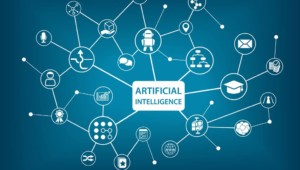
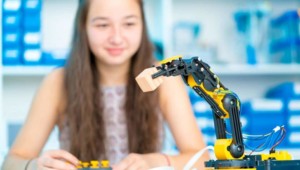
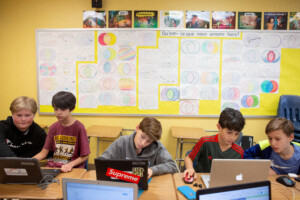
Tom Vander Ark
This data from Zip Recruiter shows big differences in AI strong regions v AI weak regions https://www.forbes.com/sites/cognitiveworld/2020/03/06/winners-and-losers-of-future-of-work/#ee77a1978293
Tom Vander Ark
Amazon and Edhesive are offering AP CS Principles and AP CS free
https://edhesive.com/amazon